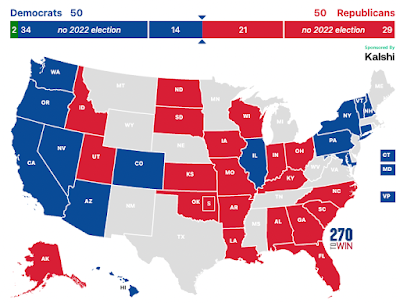Dwight Howard and Competitive Balance
 |
| Not everyone's impressed (Not pictured: Danny Ainge). |
To illustrate this point, Nate Silver asked on Twitter if you would you rather have an 8-man rotation drawn from the Lakers and Heat or the rest of the league. To follow this line of thinking, I constructed two 9-man rotations (Bill Simmons 2012 Trade Value links in parentheses demonstrate how elite the Hot Lakes would be):
Lakers/Heat
PG: Nash (36) / Chalmers
SG: Wade (7) / Bryant (9)
SF: James (1) /Artest
PF: P. Gasol (17) / Bosh (18)
C: Howard (6)
The Field
PG: Paul (8) / Rondo (15)
SG: Williams (20) / Westbrook (12)
SF: Durant (2) / Carmelo (19)
PF: Love (4) / Garnett (28 in ’11)
C: M. Gasol (13)
There's plenty to argue with when it comes to these picks for the field (it's woefully Celtic biased and has four point guards, although I would argue Deron Williams and Westbrook are combo guards), but the fact remains clear. The Hot Lakes wouldn't just have a fighting chance, they might be favored.
So what does the rest of the league hope for? Well, those teams can get old quick, especially LA. But short of twisted ankles or turned knees in May and June, the Larry O'Brien trophy can probably be postmarked for Miami or Los Angeles.



